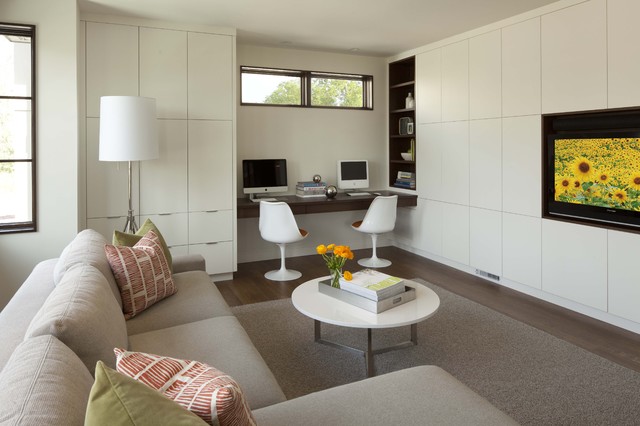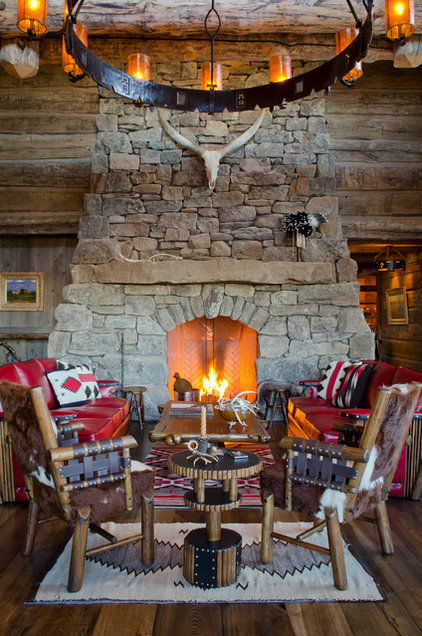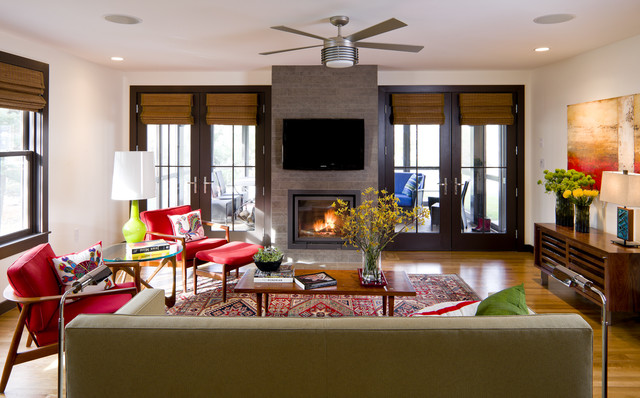Love Your Living Room: Make a Design Plan
|
by Arc Photography
»
|
|
Make a list. To get an
idea of what you already have, make a list of everything in your living
room: furniture, rugs, lights, curtains — even accessories. What pieces
do you love? What pieces should be tossed? Do you have any other pieces
that you'd like to integrate into your living room? Maybe you have an
inherited table or chair that would look perfect in your living room
after you redo the layout. This also could be the right time to replace a
few worn-out pieces or order new window coverings.
|
|
Decide what your living room can do for you. How
do you need to live in this room? Is the space for watching television
only? Does it flow directly into your kitchen or dining room? Maybe you
have small children and pets. Prioritize your needs so that the space
can function effectively — you may not be able to get everything you
want in one space.
If you are short on space, you may need your living room to serve multiple functions. Integrating a home office can be a success, as shown here, when a desk blends tastefully into the living room cabinetry. |
A spectacular fireplace like this makes it easy to arrange the furniture in the rest of the room.
|
by Fiorella Design
»
|
|
Maximize your seating. Try to design your living room to comfortably cater to six to eight people. Day
to day you will have only immediate family to worry about, but don't
forget that your visitors' comfort is equally important.
Occasional seating like a stool or ottoman takes up less space than a sofa or chair and will work hard for you. If you have more dining chairs than you use every day and the color scheme works, put one in a corner of your living room — this can be a nice way to link the decor in both rooms. |
|
Lay out the living room. Your list of furniture and accessories is made; how will everything fit?
An interior decorator or designer can work with you to get the look you're after, and even come up with ideas you didn't know you'd love. If you're going the DIY route, start with a simple sketch of the room on paper. Measure the length and width of the room, including any windows or doors. Plain paper and a ruler are all you will need to draw up the room — 1 centimeter on the paper equals 1 foot (or 1 meter) of real space. Then measure, draw and cut out paper to match all the pieces of furniture you want in the room, new and existing, including rugs. Don't stress about trying to make them look professional; the basic shape is enough to get an idea. Make sure you use the same formula as for the room measurements. |
|
by The Troop Group
»
|
|
Once you are happy with how it
all looks on paper, you can start moving furniture around. Use masking
tape to make an outline of any pieces you like but haven't yet bought.
This will help with scale and help you avoid any unwanted purchases.
If possible, arrange the furniture so it sits off the walls. This allows for airflow around the perimeter and actually makes the living room appear larger. |





